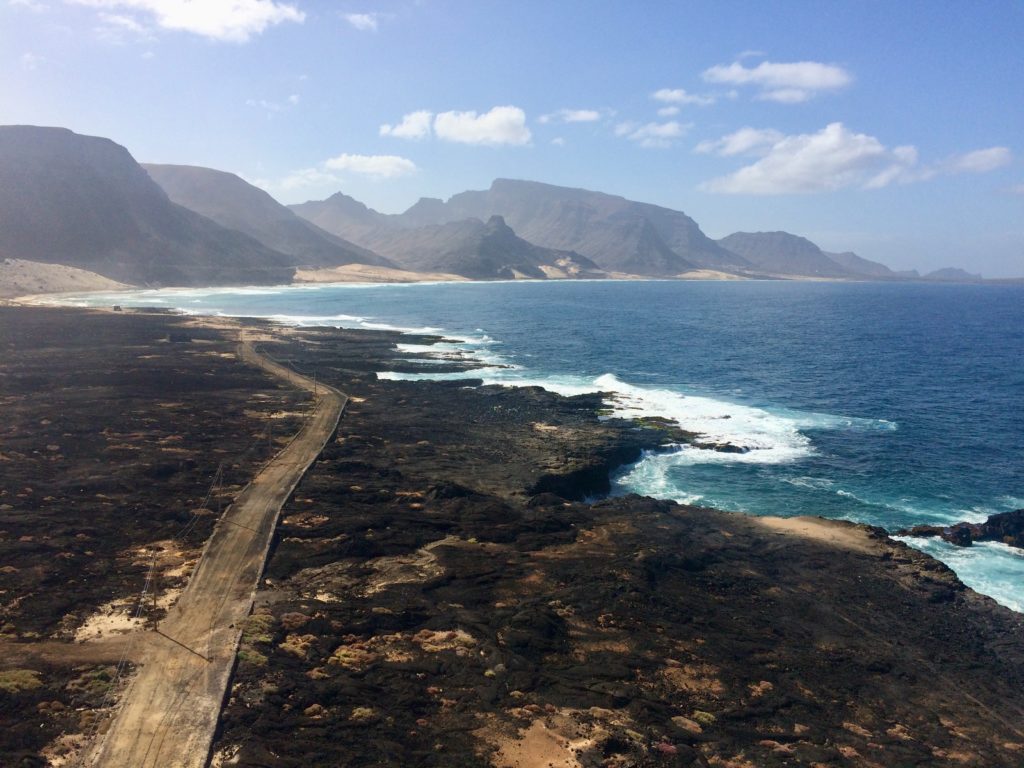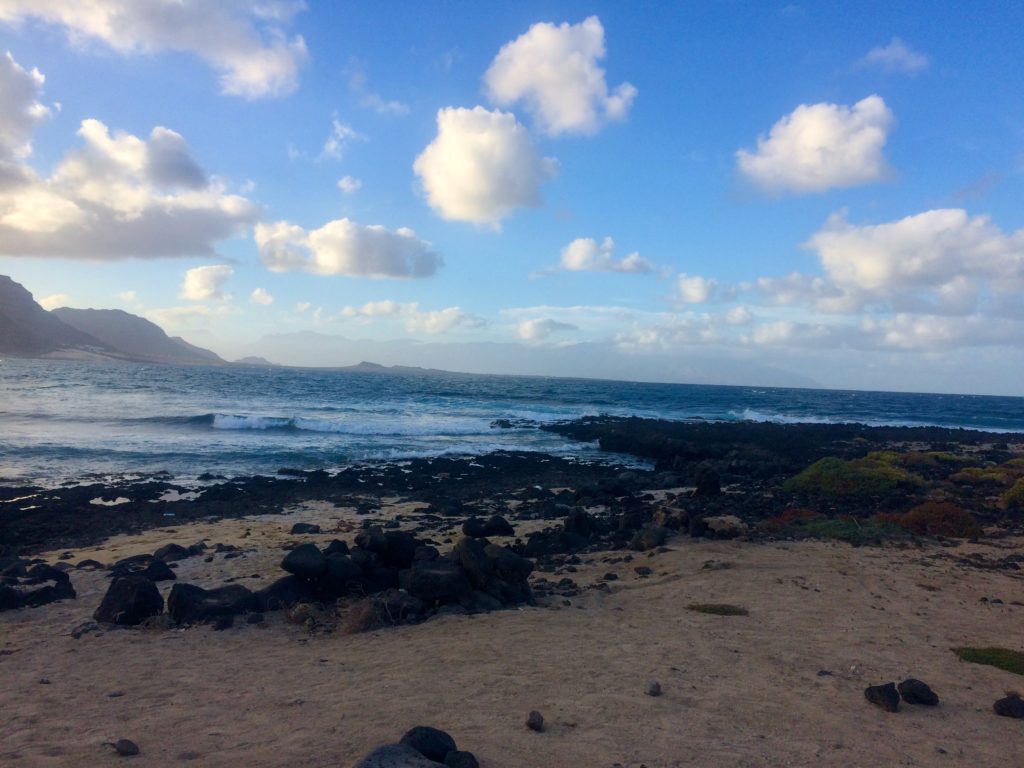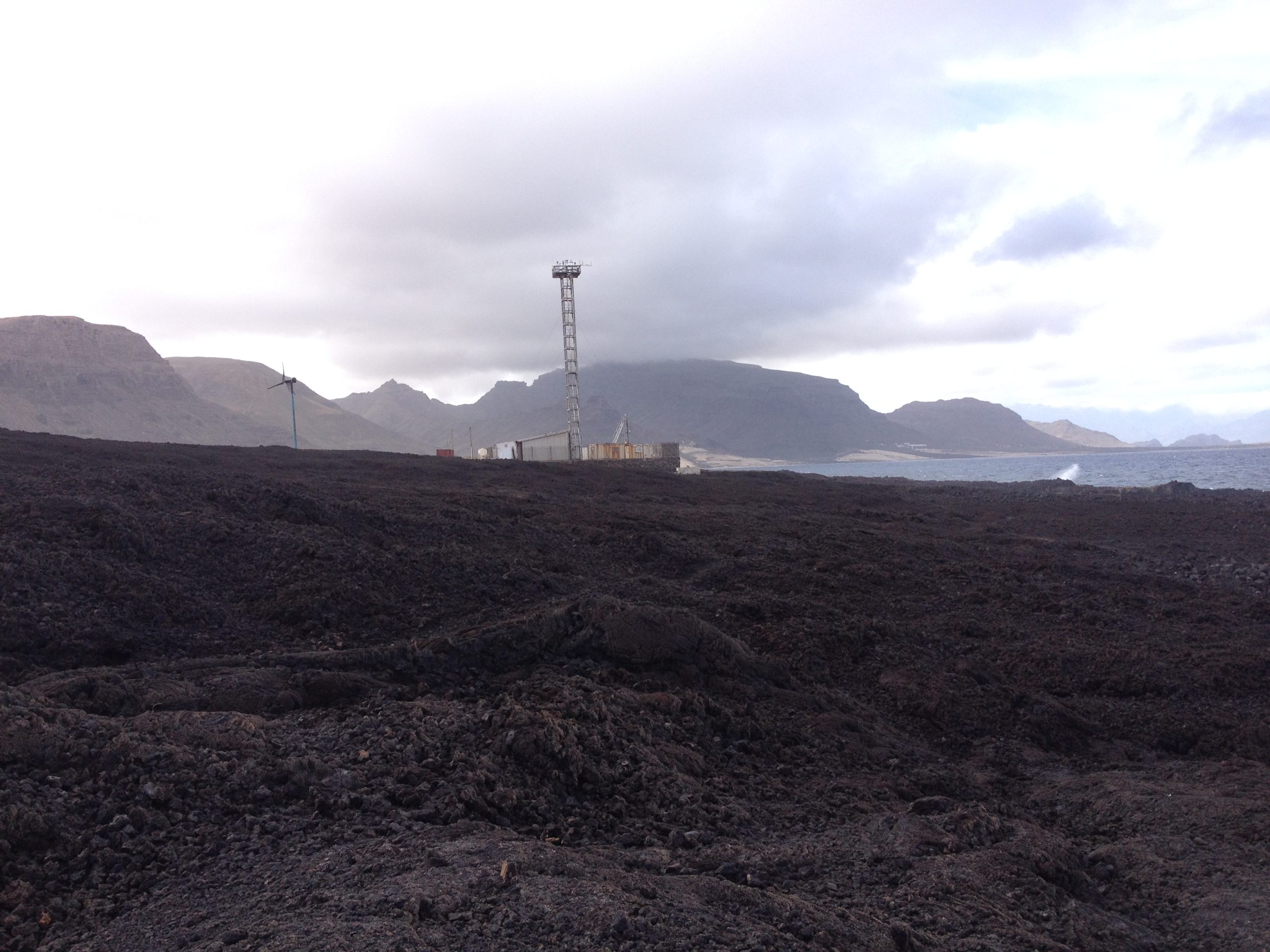
CVAO (Cape Verde Atmospheric Observatory Humberto Duarte Fonseca) is an atmospheric monitoring station established to observe the prevailing north-easterly trade winds within the tropics.
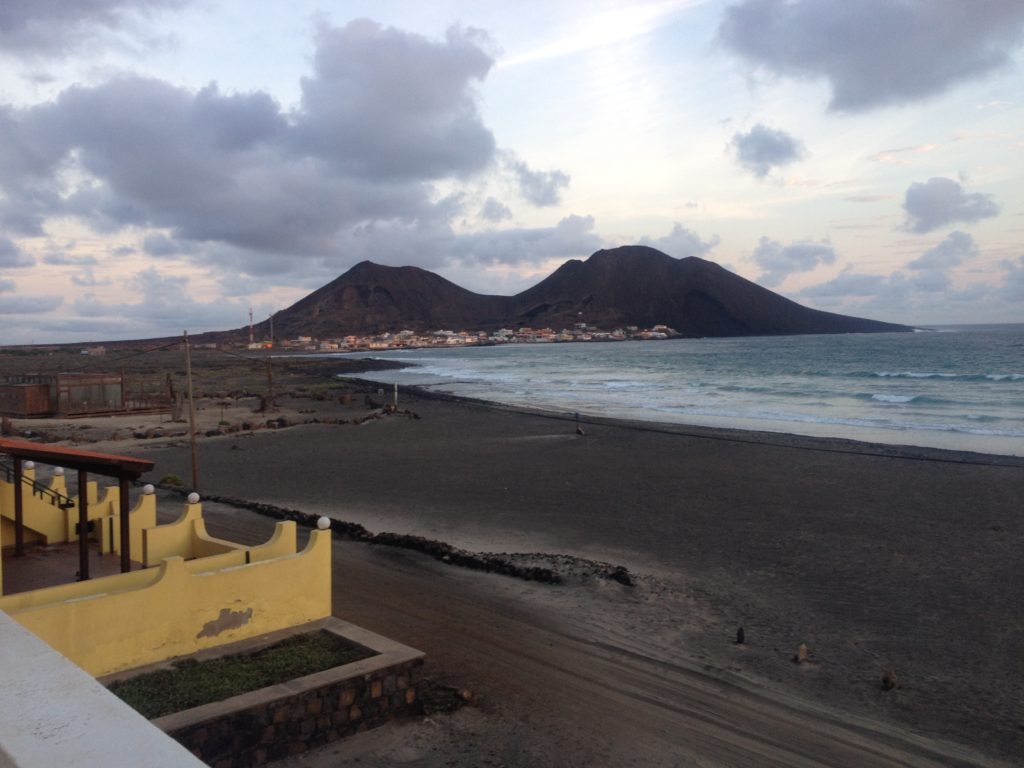
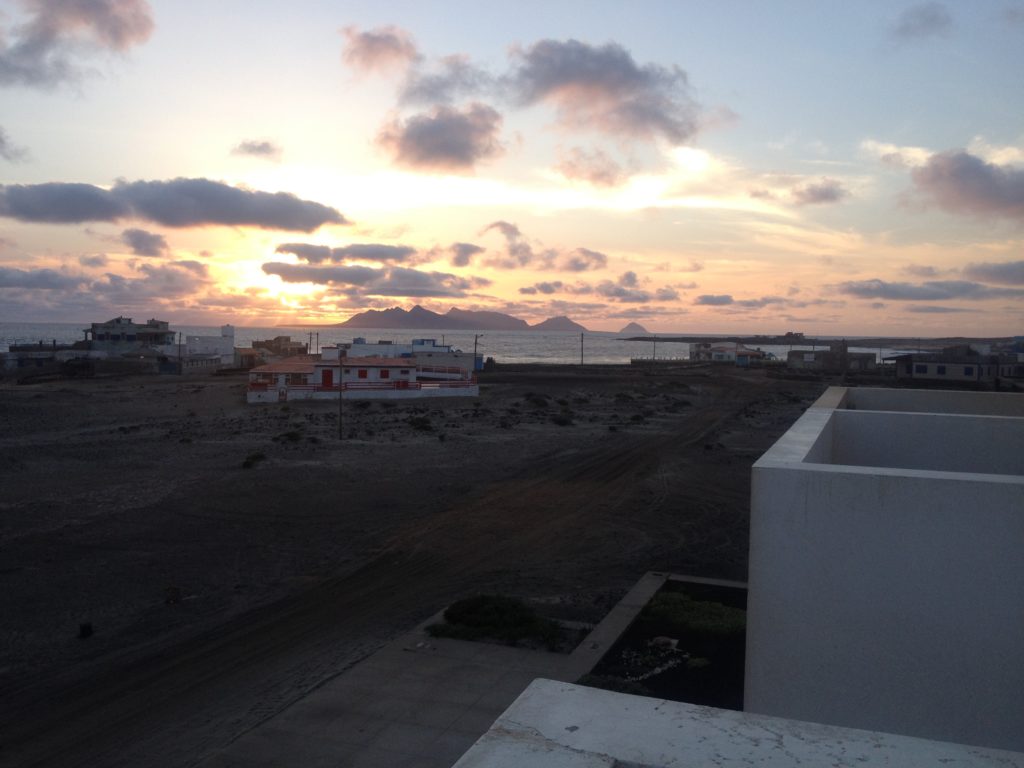
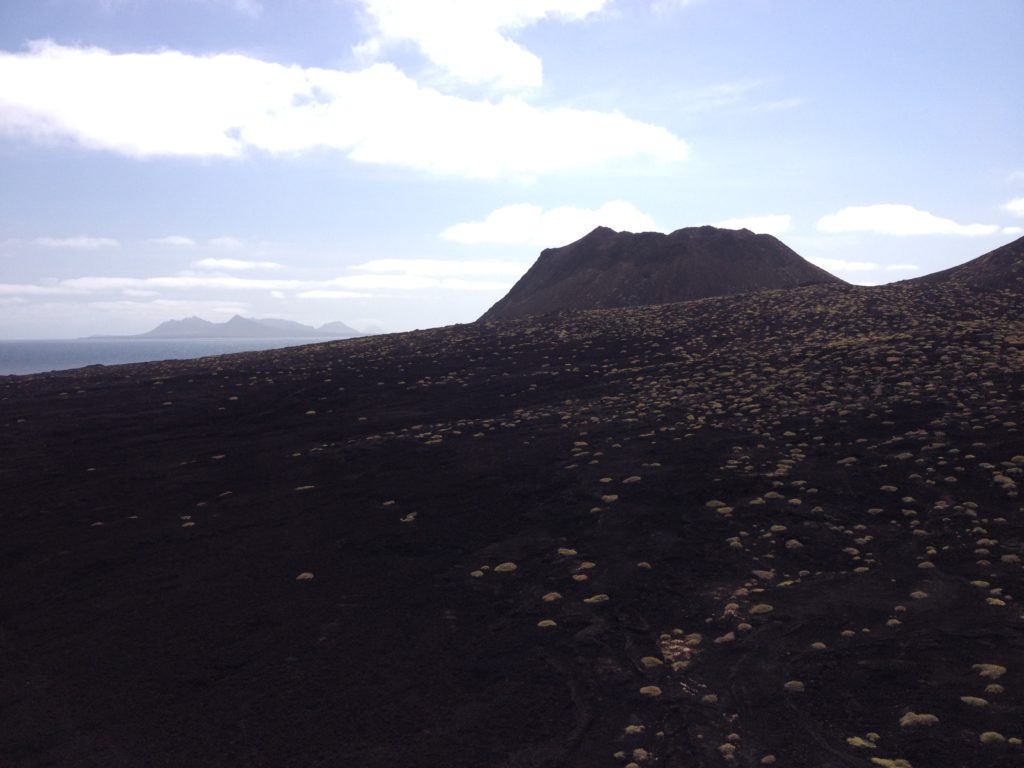
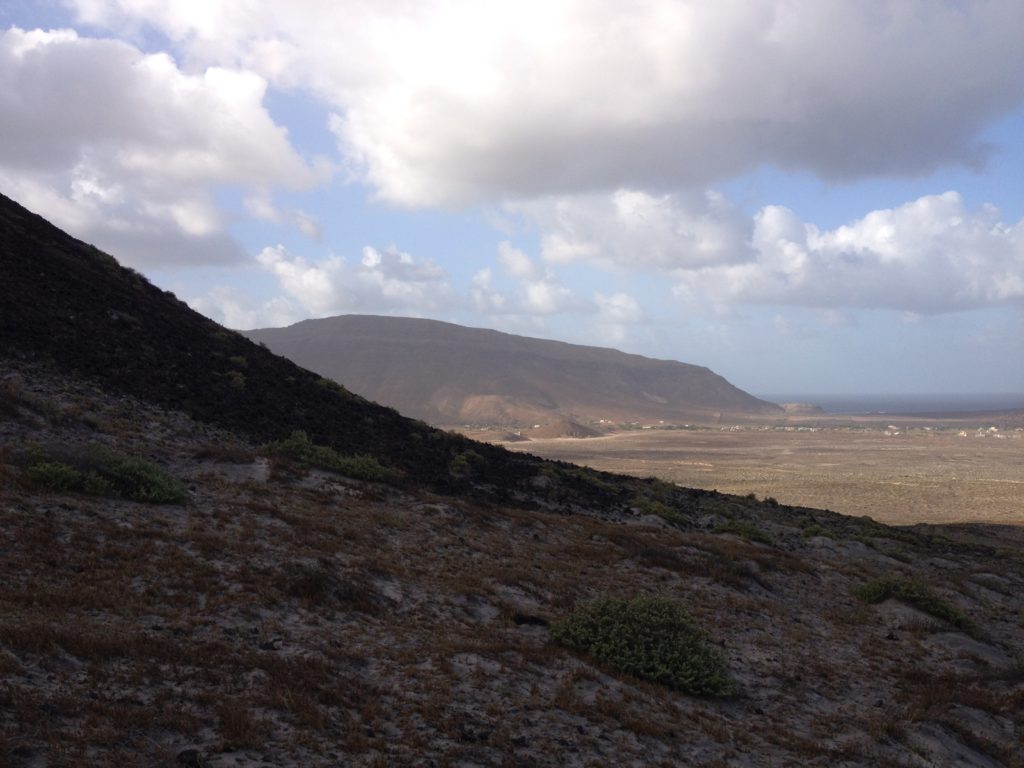
It is located within 50 metres of the coastline and 10 metres above sea level on the lava rich island of São Vincente, Cape Verde (16o 51′ 49N, 24o 52′ 02W). The station has been operational since October 2006 and provides two main areas of study; the influence of the Mauritanian up-welling during late spring and summer, and the impact of westerly dust from Africa to the North Atlantic during the other seasons.
Due to its location, it benefits from being free from external influences such as extensive shallows and large seaweed beds, thus permitting reliable and long term monitoring of clean marine air.
